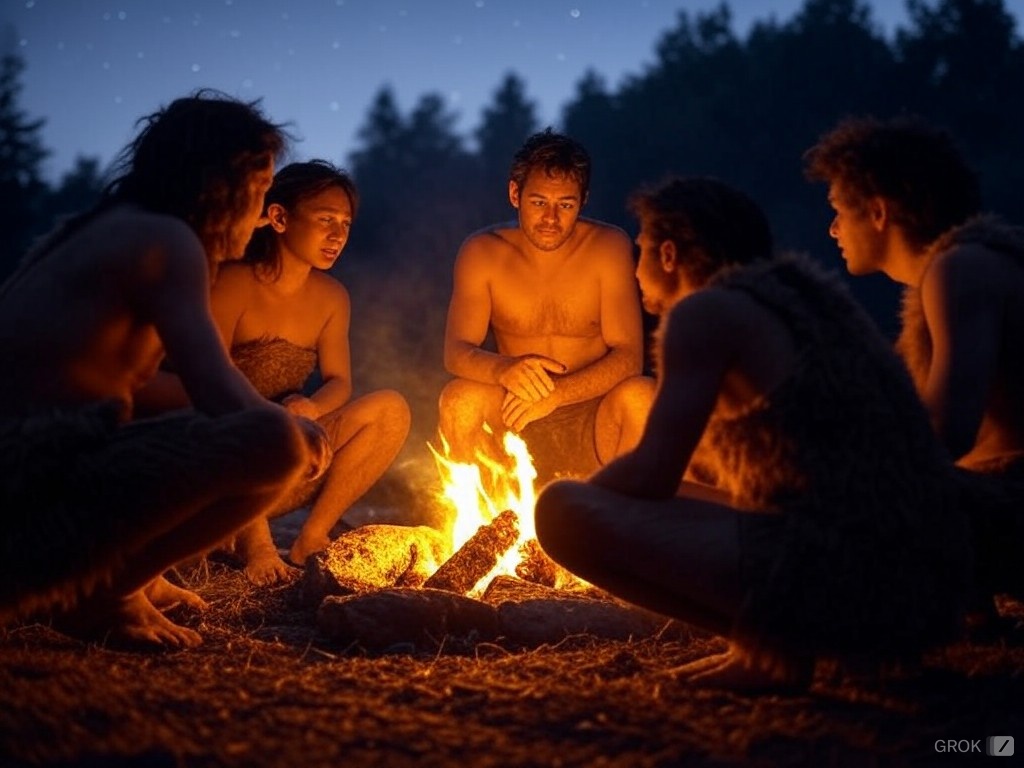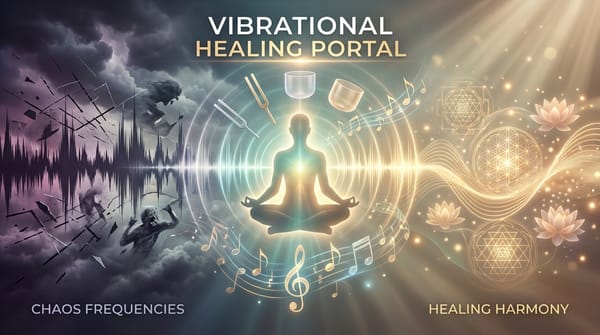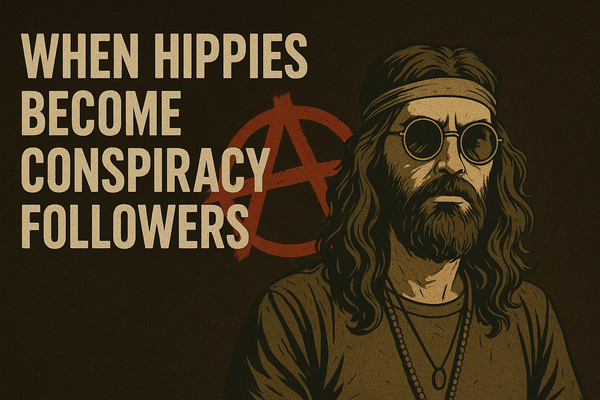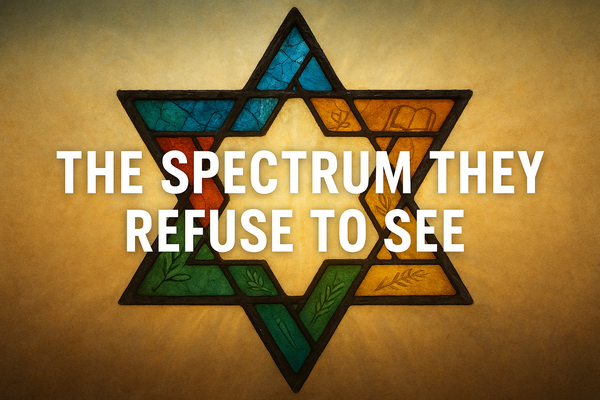A Deep Dive into Sex at Dawn: Rethinking Human Sexuality and Monogamy
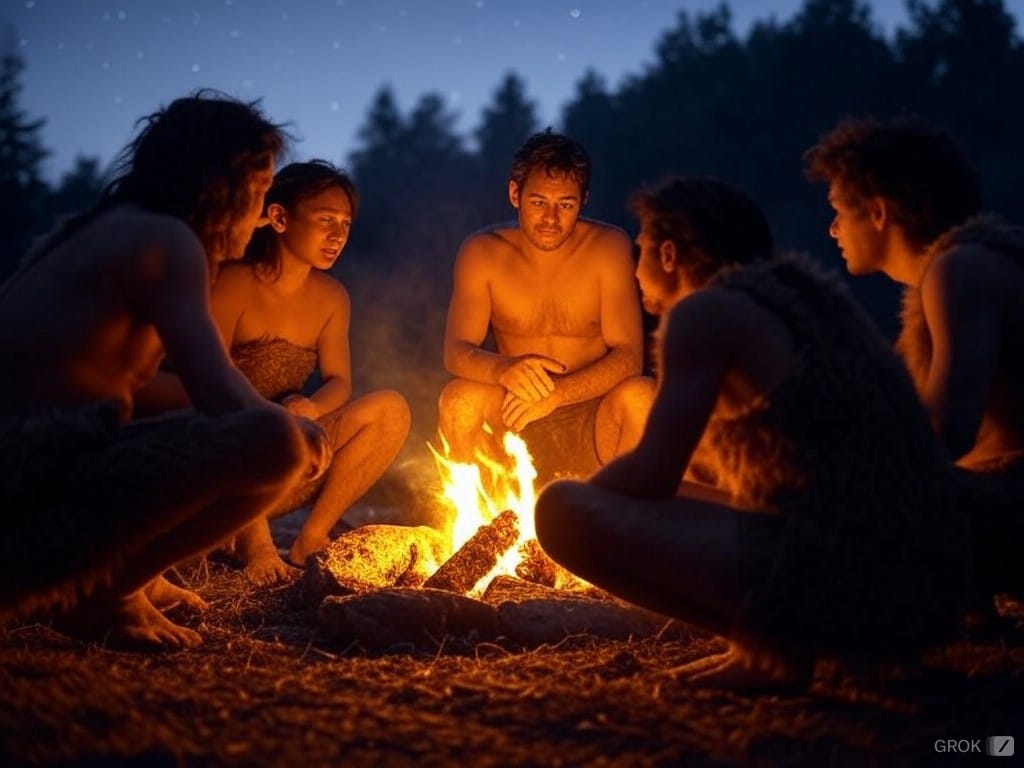
Sex at Dawn: The Prehistoric Origins of Modern Sexuality, by Christopher Ryan and Cacilda Jethá, presents a controversial challenge to traditional narratives about human sexual evolution. The book argues that humans evolved in egalitarian groups where sharing extended to sex, contradicting the prevailing view of monogamy as our natural state. Let's explore the key arguments presented in Sex at Dawn and the evidence they draw upon.
Challenging the Standard Narrative:
The standard narrative, rooted in Darwinian thought, posits that men evolved to be competitive and seek paternity certainty, while women are naturally coy and prioritize male resources and protection. Ryan and Jethá argue that this narrative is flawed, influenced by Victorian biases and societal norms that don't reflect our evolutionary past.
Evidence for a Shared Sexual Past:
The authors present a diverse range of evidence to support their claim of a more fluid sexual past:
- Primate Observations: They draw parallels between human sexuality and that of bonobos, our close primate relatives known for their frequent and diverse sexual interactions, often used to foster social bonds and resolve conflict. Ryan and Jethá argue that the bonobo model offers a more accurate reflection of human sexual evolution than the often-cited chimpanzee model, which emphasizes male aggression and competition.
- Anthropological Studies: They cite anthropological research on various cultures that challenge the universality of monogamy and sexual jealousy. Examples include the Mosuo of China, where women have considerable sexual autonomy, and the Aché of Paraguay, who reportedly express gratitude toward men who have sex with their wives.
- Anatomical Evidence: The authors point to aspects of human anatomy, such as the relatively large size of the human penis and the phenomenon of female copulatory vocalization, as evidence for sperm competition and a history of multiple sexual partners.
- Cultural and Historical Analysis: They explore historical accounts and cultural practices that suggest a more relaxed attitude toward sex and fidelity in the past, arguing that monogamy became dominant with the rise of agriculture and private property.
Sperm Competition and Concealed Ovulation:
Sex at Dawn posits that sperm competition played a significant role in shaping human sexuality. Concealed ovulation, where women don't outwardly signal fertility, is seen as an adaptation that facilitated multiple matings and increased male investment through paternity uncertainty. This, they argue, contributed to the development of distinctively human traits, including larger testicles in men and a higher sex drive compared to other primates.
Rethinking Love and Lust:
The authors differentiate between lust, which they view as a primal drive for sexual pleasure, and love, which involves deeper emotional connection and commitment. They argue that modern societies often conflate these two, leading to unrealistic expectations and frustrations within monogamous relationships.
The Implications of Sex at Dawn:
The book raises profound questions about the nature of human sexuality and the societal norms that govern it. Ryan and Jethá's arguments have sparked considerable debate and controversy, with critics challenging their interpretations of evidence and questioning the validity of their conclusions. As discussed in Lynn Saxon's critique, Sex at Dusk, many anthropologists believe that Ryan and Jethá misrepresent or oversimplify complex cultural practices to fit their narrative.
Despite the criticisms, Sex at Dawn remains a significant contribution to the discussion on human sexuality. It encourages us to rethink the assumptions we hold about monogamy, jealousy, and the evolution of human relationships. Ultimately, the book invites us to consider a more nuanced and compassionate understanding of our sexual selves and the diverse ways humans experience love and connection.
Listen to the Podcast
